Custom Steel fittings
Types of Steel Fittings
Steel fittings are essential components used to join pieces of pipe together. They come in a variety of shapes and sizes and serve a multitude of purposes in various industries. Steel fittings are highly durable and reliable, making them ideal for projects that need to withstand extreme temperatures or pressures. There are several types of steel fittings available, including threaded, socket weld, and butt weld fittings.
Threaded fittings are the most common type of steel fitting. They feature two threaded ends which are connected using a wrench or other tool. These fittings are generally used for low-pressure projects, such as residential water systems or automotive fuel lines, as they can be easily assembled without any welding.
Socket weld fittings utilize an internal groove that allows the fitting to be inserted into the pipe. They are commonly used in high-pressure applications, such as oil and gas pipelines, as they offer superior strength and reliability over threaded fittings. Socket weld fittings are usually welded together after insertion into the pipe to ensure a secure connection.
Butt weld fittings are designed to create a seamless connection between two pieces of pipe by welding them together along their entire length. These fittings offer maximum strength and
Steel fittings are commonly used for various industrial and household applications. They offer a durable and reliable connection for pipes, valves, and other components. There are many different types of steel fittings available, each with its own unique purpose and advantages.
Flanges are one of the most popular types of steel fittings. They are used to connect pipes, valves, and other components together by creating a tight seal. Flanges come in a variety of styles and materials, including threaded flanges and welded flanges. Threaded flanges have threads that enable them to be screwed into place while welded flanges join two pieces of pipe together with a welded joint.
Elbows are another common type of steel fitting. As their name implies, they are shaped like an elbow and can be used to make turns or changes in direction in a pipe system. Elbows come in various sizes and materials, such as galvanized steel or stainless steel.
Applications of Steel Fittings
Car steel fittings are used in a variety of applications, from the automotive industry to general construction. Steel fittings allow for the secure and efficient connection of parts in a variety of settings. They are used to join together vehicle parts such as frames, brakes, and exhaust systems. They can also be used to join together different pieces of metalwork such as pipes, beams, and tanks. Steel fittings are strong and durable, making them ideal for use in the automotive industry.
Steel fittings offer several advantages over other types of fasteners. They are highly resistant to corrosion and can withstand extreme temperatures without deteriorating or losing their strength. Steel fittings are also easier to install than other types of fasteners since they are designed to be tightened using a wrench or other tool. This makes them ideal for use in areas where access is limited or space is limited.
Steel fittings can also be used in other applications such as plumbing and electrical wiring systems. They provide secure connections that won't come undone easily, even in wet or humid environments. Steel fittings are also lightweight and easy to transport, making them a great choice for projects with tight deadlines.
Overall, car steel fittings offer many benefits
Car steel fittings are essential components of practically every vehicle. They are used to secure and join parts of the car, from the body to the engine, and even the tires. This makes them an indispensable part of any automobile.
When it comes to car steel fittings, there are a number of applications. The most common use is in the body of the car, where they are used to attach parts like doors, bumpers, and fenders. They are also used in the engine, to join the various cylinders together and form an airtight seal. Steel fittings can also be used in suspension systems, to link two parts together securely.
Car steel fittings are also used in tires and wheel rims, particularly when there is a need for custom sizes or shapes. This enables them to fit perfectly into place, ensuring a secure fitment. Furthermore, they can also be used as reinforcement when mounting heavier components such as engines or transmission systems.
Selecting the Right Steel Fitting
When it comes to selecting the right steel fitting for a project, it can be difficult to know what to look for. Understanding the different types of steel fittings and their uses is the key to making sure you get the right one.
First, determine what type of steel fitting you need. Steel fittings come in a variety of shapes and sizes, including elbows, tees, unions, couplings and crosses. Knowing what type of fitting best suits your project will help you narrow down your selection.
Next, take a look at the shape and size of your pipe. You want to make sure that the steel fitting you select will fit properly. Measure both the outer diameter and the inner diameter before making your selection.
Finally, consider the working pressure you’ll be using with your steel fitting. Make sure that it’s compatible with the pressure rating of your pipe system and that it can handle any potential surges in pressure.
Steel Fittings Installation Process
Installing steel fittings on a car is a relatively simple process that requires basic tools, knowledge and the right parts. Before beginning, make sure that the car is properly secured and that all safety precautions are taken.
First, the technician should identify which end of the fitting needs to be attached to the car. This could be either a male or female end and will depend on the specific vehicle and type of fitting being used. Next, the correct size wrench should be used to loosen any existing parts that may interfere with the installation.
Next, the technician should clean any debris from the area where the fitting will be installed before lubricating it with a light coating of oil. This will ensure that any potential corrosion is prevented and that the fitting will fit snugly into place. Once lubricated, the technician can then thread it onto the car body or frame until it is securely in place.
Finally, the technician should use a torque wrench to ensure that it is tightened properly and securely in place. If any additional fittings are needed, they should also be tightened using a torque wrench at this point.



-1671780874719.png)



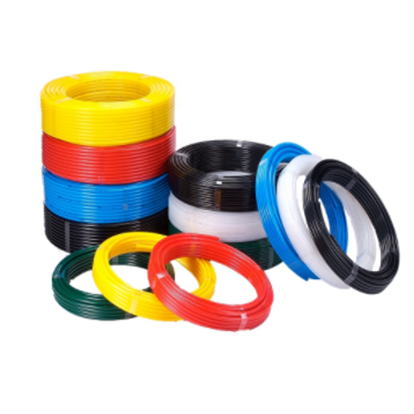 Nylon tubing
Nylon tubing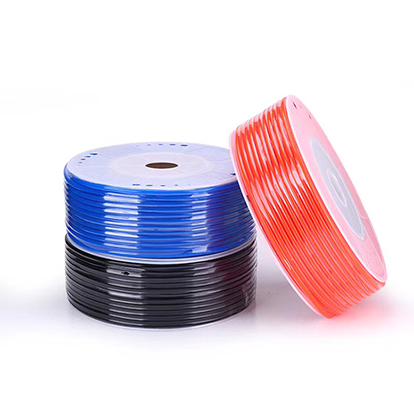 PU Hose
PU Hose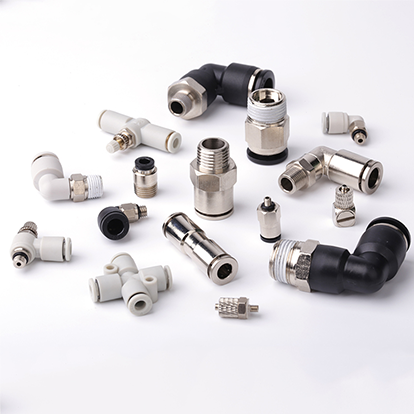 Fitting
Fitting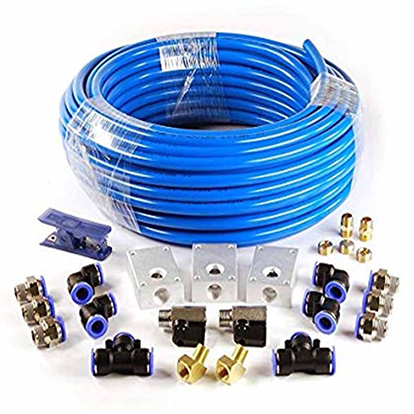 Kit/set
Kit/set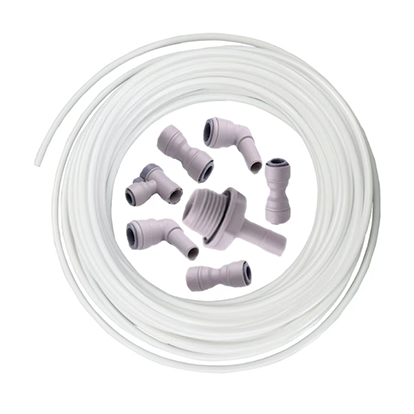 Water Purifer Hose And Connector
Water Purifer Hose And Connector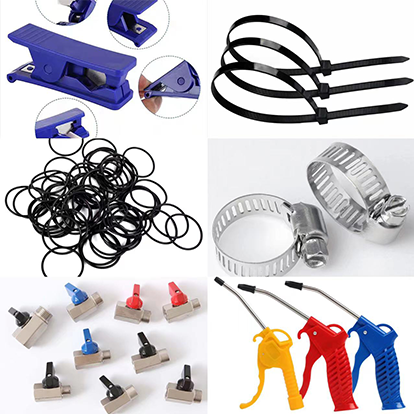 Accessory
Accessory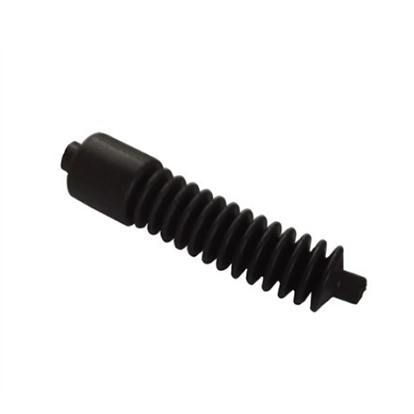 Customized Part
Customized Part










